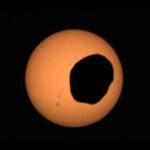ESA’s Euclid Space Telescope captured the first piece of its map of the universe, and on October 15 2024, ESA released that piece of map. This little map contains millions of stars and galaxies with a clear crystal view.
ESA released this piece of map at the International Astronautical Congress in Milan, Italy, on October 15. It was released under ESA’s Director General Josef Aschbacher and Director of Science Carole Mundell. This map comprises of 208 gigapixels.
Euclid space mission was launched on July 1, 2023, and after one month of launch, it reached the destination point, which is Lagrange point 2; it is a halo orbit around the Earth and Sun. Two other telescopes are working at the L2: the Gaia Telescope and the James Webb Space Telescope.
The mission’s main objective is to create a new map of the universe and study the dark matter and dark energy for correcting the calculations of acceleration of the universe.

1% of Total Wide Survey
The released map is just the teaser of upcoming work; for capturing these images, the telescope has done 260 observations in just two weeks, from March 25 to April 8, 2024. Euclid can capture such images due to its wide-angle telescope, which has a 600-megapixel camera to capture visible light.
If we compare the area that the telescope captured, it is 500 times the area of the Moon. This small captured map is only 1% of the total survey; 99% of the universe map is still to be created and will take almost six years to complete. In the following survey, the telescope will observe all galaxies within 10 billion light years. This includes billions of galaxies; it will observe galaxies’ motion and distances.
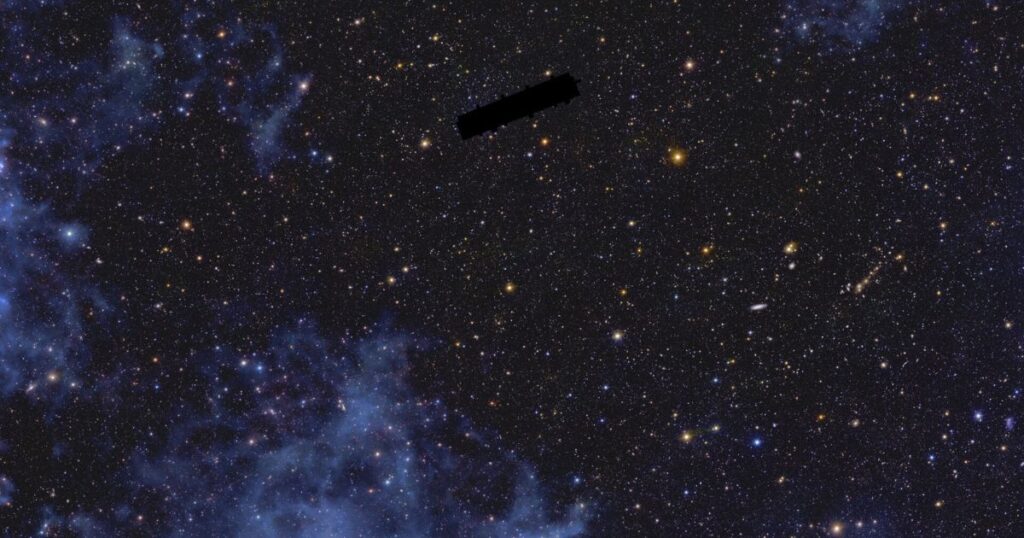
The captured 1% map shows 100 million sources, containing stars of the Milky Way galaxy and millions of other galaxies. The zooming capacity of this captured map is too good; it can enlarge any part of the image 600 times compared to the full-view image. For example, by zooming the map we can see the internal structure of any spiral galaxy.
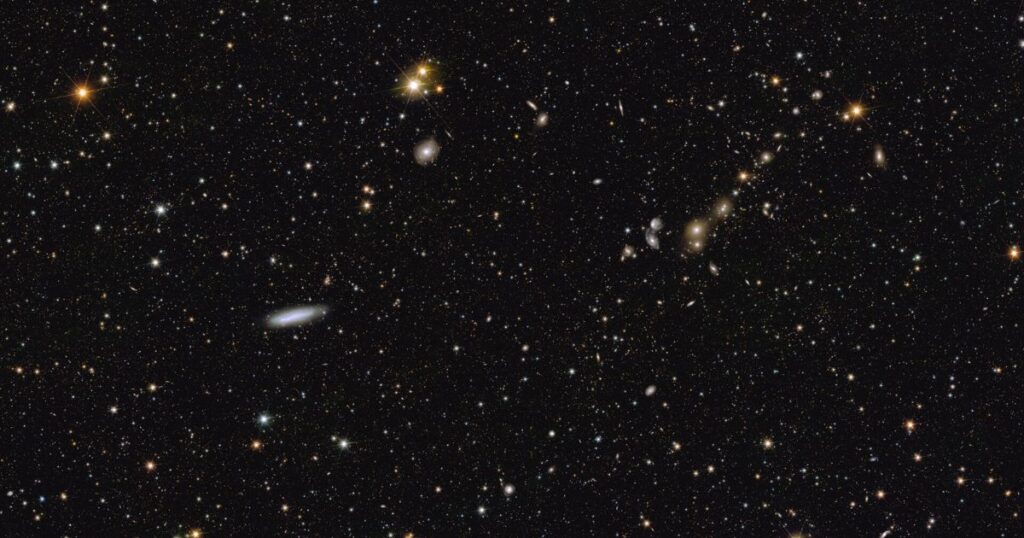
In the next six years, this telescope will create the world’s first universal 3D map, the largest cosmic map ever. It can generate 100 gigabytes of data per day in its entire mission life. In the upcoming 6 years, it will observe 15,000 deg2 means a third of the sky.
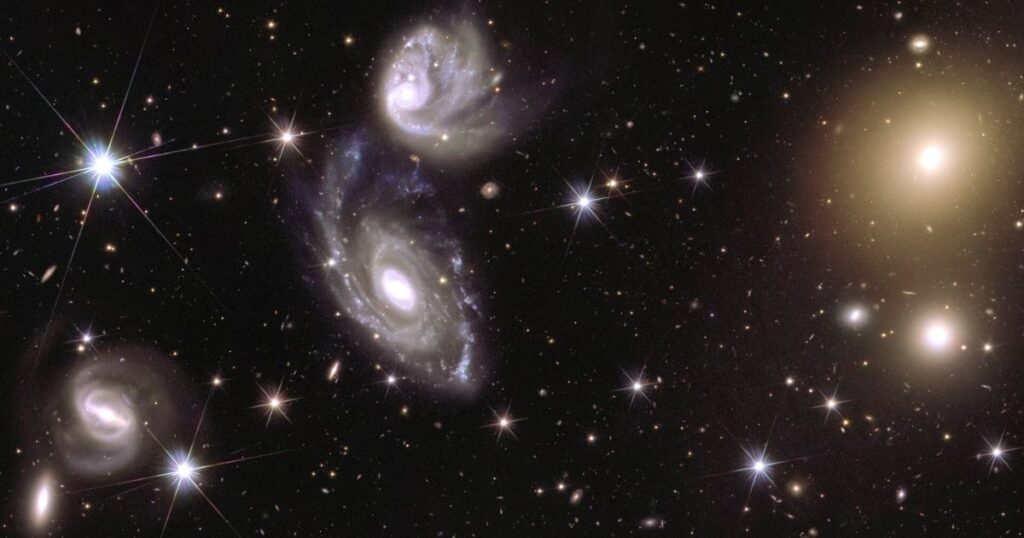
This breathtaking picture is the first section of a map showing more than one-third of the sky in six years. According to Valeria Pettorino, Euclid Project Scientist at ESA, “This is only 1% of the map, but it is full of a variety of sources that will help scientists discover new ways to describe the Universe.”

Onboard Instruments
The Euclid Space Telescope has a total of two instruments. First is the VIS (Visible Instrument ) camera, which can take high-resolution images in visible light. Second is NISP (Near-Infrared Spectrometer and Photometer), which can measure infrared light and produce images and their spectra.
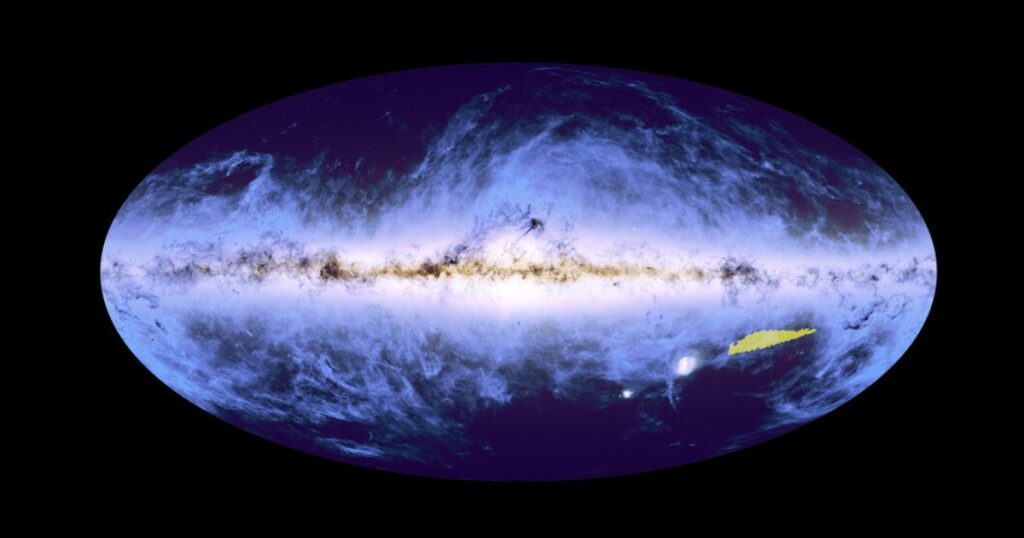
In the picture, you can see some faint, light blue clouds between the stars in our galaxy. These clouds are made of gas and dust. They are called “galactic cirrus” because they look like the wispy cirrus clouds we see in the sky.
The Euclid telescope can see these clouds with its very sensitive camera. This is because the clouds reflect light from our galaxy, the Milky Way. The clouds also grow in a type of light called far-infrared, which was seen by another mission called Planck.
This telescope was the first of its kind that could capture such high-resolution images. So far, the telescope has completed 12% of the total work. ESA planned to release the preview of Euclid Deep Field areas in 2025.
Editor’s Recommendations
- Starlink Satellites Beam Back Mesmerizing Plasma Show During Starship Reentry
- New Study Claims Dark Matter Doesn’t Exist and Universe is 27 Billion Years Old!!
- Now SpaceX’s Super Heavy Starship Can Ready for Re-launch Within an Hour After Liftoff!
- NASA’s Europa Clipper Begins Its Epic Voyage to Jupiter and its Icy Moon Europa




